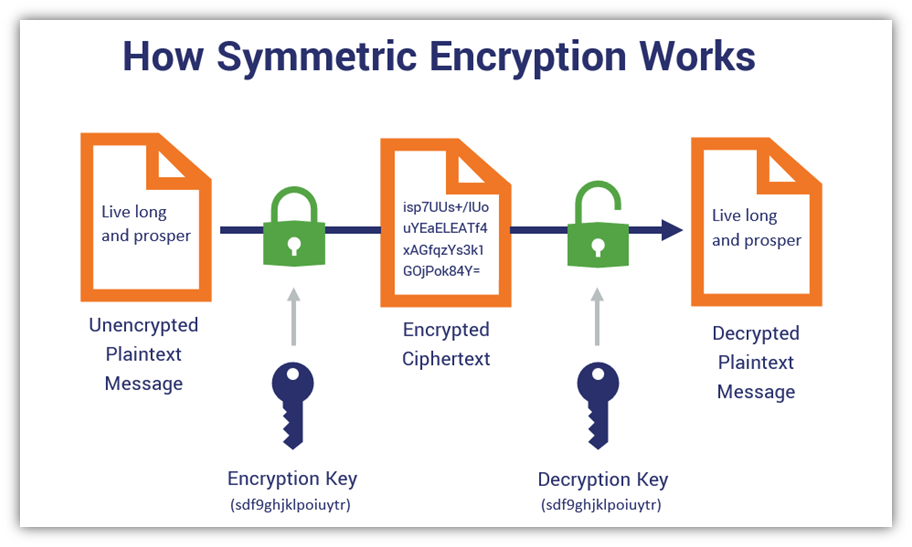In an age where data proliferates at an unprecedented rate, the necessity for robust encryption algorithms cannot be overstated. As we delve into the intricate world of cryptography, one might ponder: What exactly constitutes a good encryption algorithm? Are we merely relying on obfuscation, or is there a more profound complexity at play? This exploration seeks to unravel the requirements of an effective encryption algorithm and the challenges that accompany them.
1. Security Strength Against Attacks
The foremost requirement of an encryption algorithm is its strength against potential adversarial attacks. In the cryptographic landscape, algorithms must withstand brute-force attacks, where hackers attempt every possible key until the secret is unveiled. The longer and more complex the key, the better. Additionally, modern algorithms should also mitigate risks from sophisticated attacks such as differential and linear cryptanalysis. A good algorithm employs mathematical rigor to ensure that breaking it is computationally unfeasible, even for the most advanced adversaries.
2. Key Management
Encryption is only as secure as its keys. Therefore, a good encryption algorithm must facilitate effective key management, which encompasses generation, distribution, storage, and destruction. Keys should be generated using strong pseudorandom number generators to ensure their unpredictability. Furthermore, the algorithm should provide mechanisms for secure key exchange, preventing eavesdroppers from acquiring keys. With the proliferation of devices and systems, the complexity of managing these keys escalates, thus challenging developers to devise solutions that maintain security without compromising usability.
3. Data Integrity
One might ask: What good is encryption if the data it protects can be altered without detection? A superior encryption algorithm must ensure data integrity, safeguarding against unauthorized modifications. This can be achieved by integrating cryptographic hash functions that produce a unique fingerprint of the data. Any alteration in the data will yield a distinct hash, thus alerting the recipients to possible tampering. It raises the question of trust: can we trust the data, or has it been compromised?
4. Speed and Efficiency
In our fast-paced digital world, the performance of an encryption algorithm is pivotal. A sophisticated encryption process should not become a bottleneck in system functionality. This necessitates algorithms that are computationally efficient, capable of encrypting and decrypting data swiftly while consuming minimal resources. Striking a balance between security and performance poses a remarkable challenge for developers. How can one create a fortress without erecting walls so thick that they hinder daily operations?
5. Scalability
As organizations expand and generate ever-increasing volumes of data, encryption algorithms must demonstrate scalability. A good encryption scheme should seamlessly adapt to handle varying data sizes and types without necessitating major alterations in methodology. This ensures consistent protection across entire data ecosystems. However, as scalability becomes paramount, it incites further inquiry regarding the potential implications for security. Can an algorithm that is simple to scale possibly compromise security in the process?
6. Ease of Implementation
While complexity may enhance security, it can also impede implementation. A well-designed encryption algorithm should strike a judicious balance between being robust and user-friendly. Inefficiencies in the implementation can lead to vulnerabilities, making it crucial for the cryptographic community to prioritize simplicity in design without sacrificing essential features. As systems integrate encryption, the challenge remains: how do we minimize implementation errors while retaining security integrity?
7. Compliance with Standards
In a landscape dominated by regulatory scrutiny, adherence to established standards is non-negotiable. Encryption algorithms must comply with norms such as the Advanced Encryption Standard (AES) and RSA, among others. Compliance ensures not only widespread acceptance but also the legitimacy necessary for deployment in sensitive contexts, such as financial institutions and government entities. The challenge arises when organizations tailor these standards to their specific needs while maintaining compliance and security.
8. Resistance to Quantum Computing
As we enter an era defined by quantum computing, the cryptographic landscape faces a formidable adversary. Traditional algorithms, particularly those based on mathematical problems solvable in polynomial time by quantum computers, may soon render contemporary encryption obsolete. The requirement for quantum-resistant algorithms is paramount, challenging cryptographers to rethink and reinvent encryption methods that remain resilient in a quantum world. How can we prepare for a future where our most trusted encryptions could become trivial to break?
Conclusion
In conclusion, while the requirements for a good encryption algorithm may seem daunting, their establishments are essential for safeguarding information in a digital ecosystem fraught with threats. From ensuring robust security to facilitating efficient implementation, each aspect contributes to the integrity and reliability of encryption methods. As cryptographers continue to tackle the conundrums that arise from technological advancements, the quest for ever-more secure encryption remains an evolving challenge. The intersection of security, performance, and usability beckons a creative and strategic approach to future developments in cryptography.








Leave a Comment